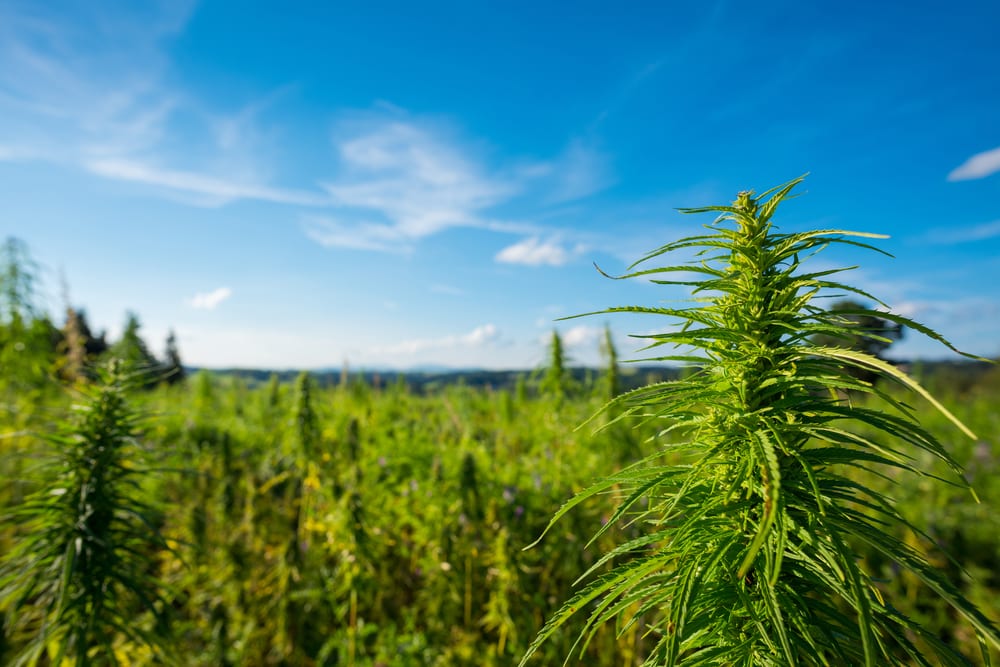
Getting to know about the Hemp plant
Share
Hemp Fabric: The Ultimate Sustainable Fabric
In today's world, we are all striving to reduce our carbon footprint and lead a more sustainable lifestyle. From using reusable bags to recycling, we are all doing our bit to protect the environment. One area that often goes overlooked is the clothes we wear. We seldom think about how our clothes are made and what impact they have on the environment.
The fashion industry is responsible for a significant amount of pollution, with the production of traditional fabrics, such as cotton, contributing to the problem. But there is a solution to this problem, and it comes in the form of hemp fabric. Hemp fabric is the most sustainable type of fabric on the planet, and in this blog post, we'll explore why.
Carbon Sink
Hemp plants are nature's greatest carbon sink, meaning they absorb more CO2 than any other plant. In just one year, one hectare of industrial hemp plants can absorb up to 15 tonnes of CO2. What's more, hemp can continue to absorb CO2 even after it has been harvested and processed into materials such as hempcrete, a natural concrete substance for the building trade. This ability to absorb so much CO2 makes hemp a great option for carbon-neutral products, offsetting any emissions caused during the manufacturing process.
Soil Quality
Hemp plants improve the quality of the soil in which they are grown. Unlike intensive farming that depletes the soil of its nutrients, hemp has a deep tap root system that penetrates deep into the soil, pulling up nutrients that are out of reach of other plants and drawing them up towards the surface. Additionally, if the farmer leaves around a foot of stalk in the ground after harvesting, then huge amounts of nutrients are returned to the soil, improving the quality for any crops that come afterwards.
Organic Growth
Hemp grows organically in almost any environment on the planet. It is a hardy plant with few pests and diseases to threaten it. No chemicals are required in the cultivation of hemp, so there are no pesticides, herbicides, artificial fertilisers or defoliants to pollute the soil. The fact that no pesticides are used also allows for more insects to live in the soil, which is a key aspect of soil health. Hemp also requires less water than some other plants, requiring around four times less than cotton, meaning that any nutrients in the soil are not so easily dissolved or washed away as they might be with other crops that require more water. Additionally, it requires less land than other crops, requiring only around half the space compared to cotton to produce 1kg of fabric.
Processing
The processing of hemp plants into fabric is considered less intensive than that of cotton or bamboo. With cotton production, chemical defoliants are used to separate the cotton from the plants, and then several more chemicals are used throughout the cleaning, weaving, and spinning processes. Hemp, on the other hand, has a much more natural story. The stalks are harvested and left in the fields where the fibers will naturally separate from the stalks in a process known as "retting." The fibers are then spun into yarns using mechanical processes, rather than chemical ones.
In Conclusion
Hemp fabric is the ultimate sustainable fabric. It has numerous benefits, from being a carbon sink to improving soil quality, requiring less water and land, and having a more natural production process. With the fashion industry being one of the biggest polluters globally, it is high time we start thinking about what we wear and how it is made. By choosing hemp fabric, we can all do our bit to protect the environment and reduce our carbon footprint.

